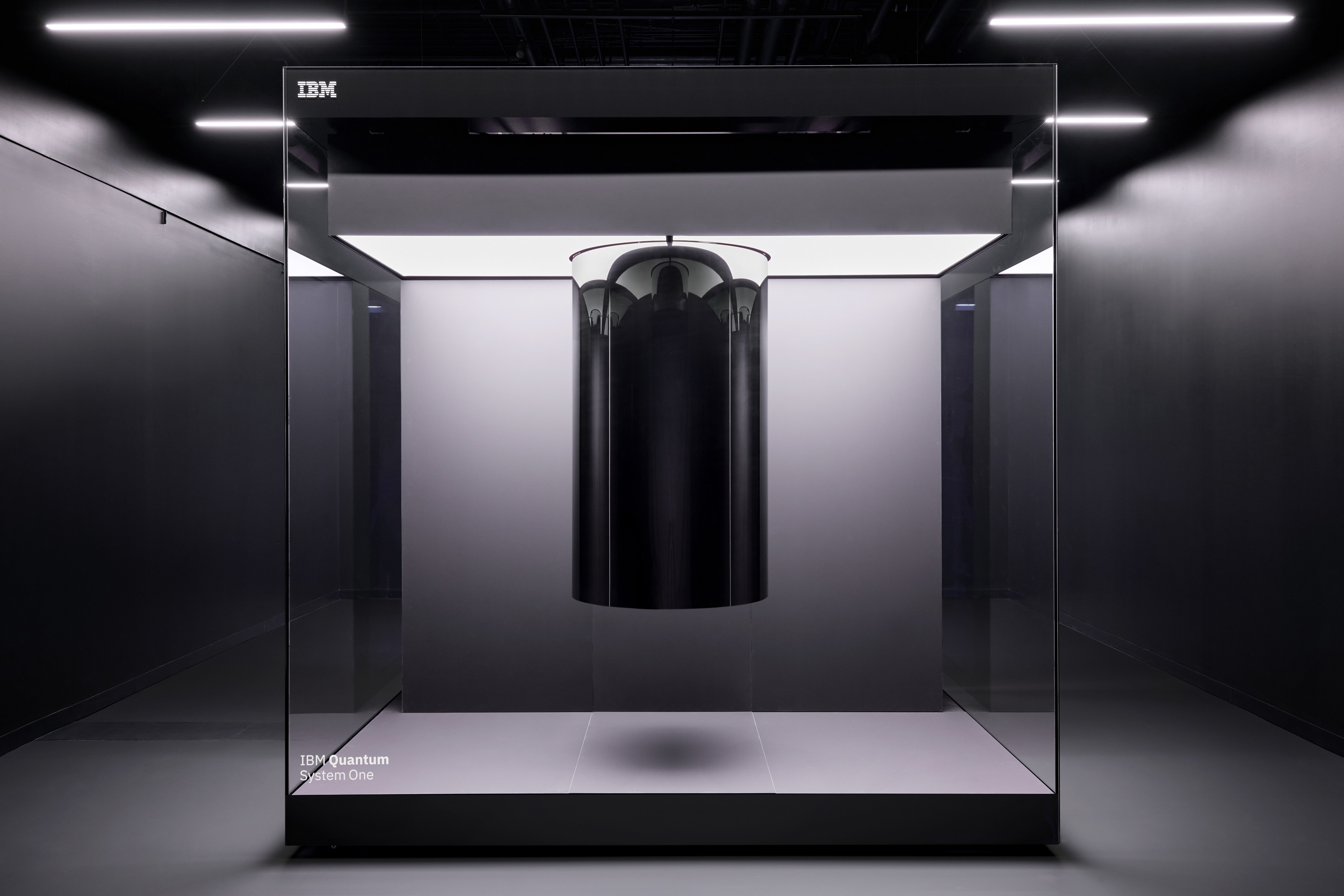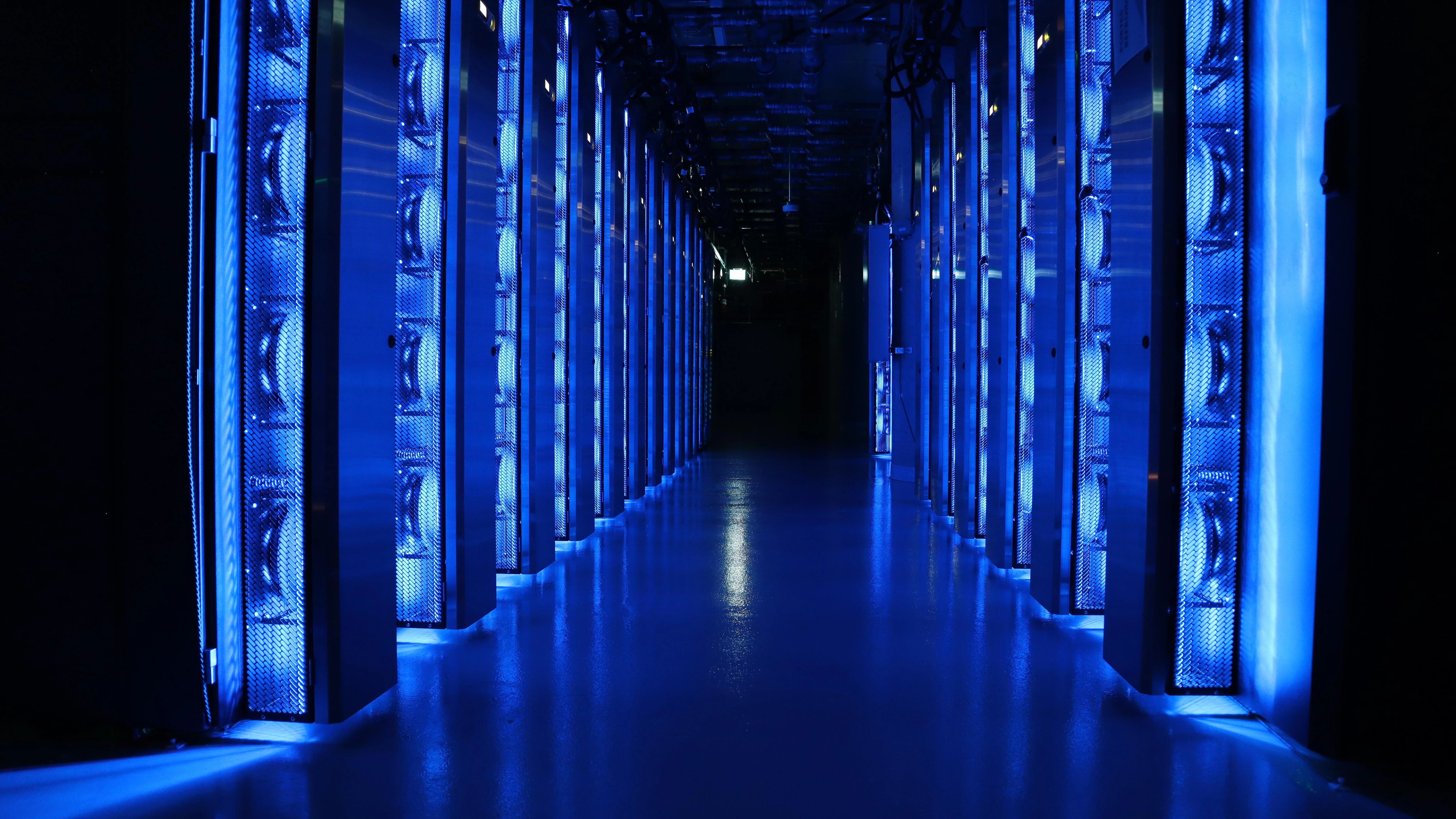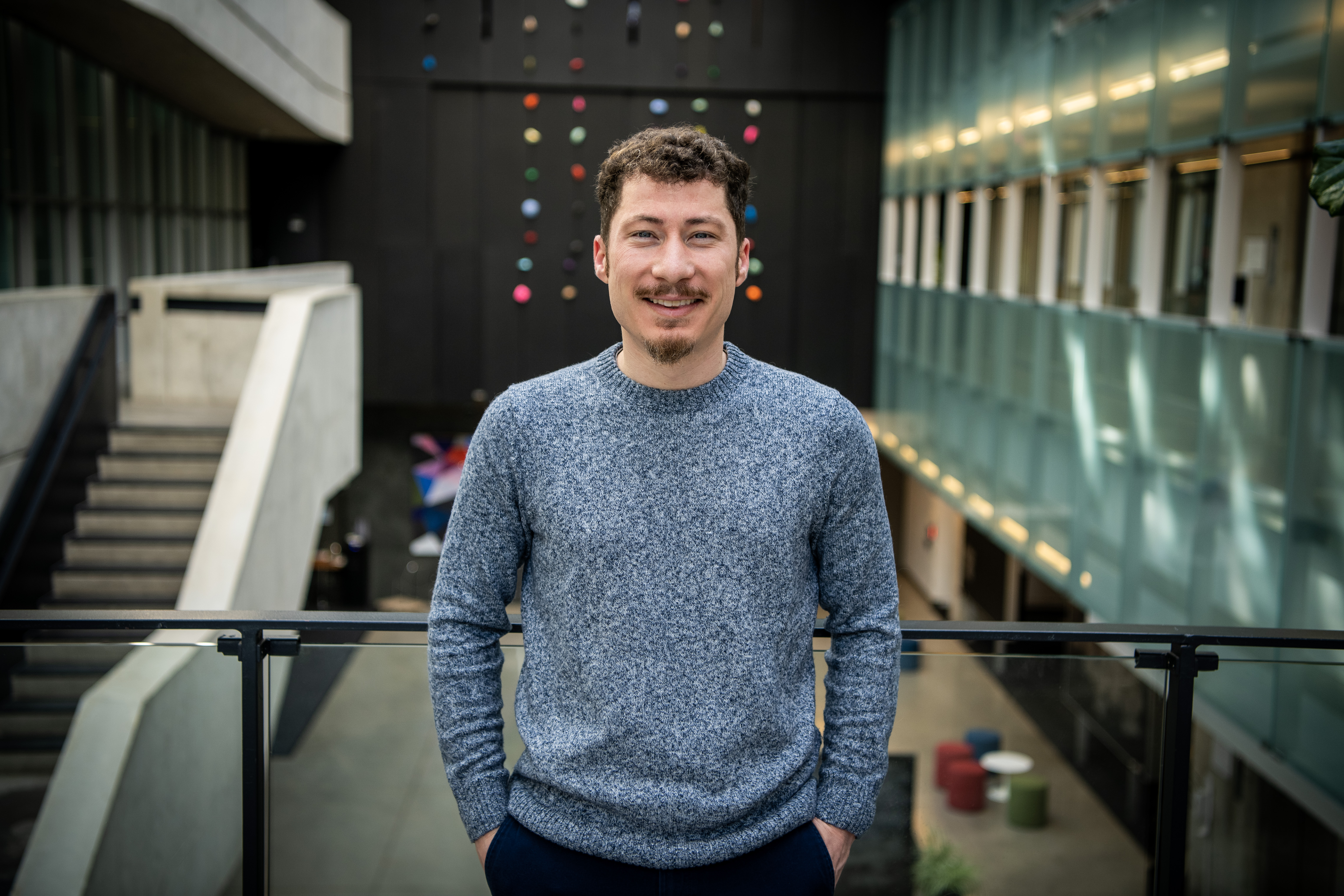It was perhaps fortuitous that Perimeter Institute’s leaders toured the Montréal science and technology ecosystem at the end of May, the same week that King Charles III read Prime Minister Mark Carney’s speech from the throne that spoke of the desire to “build Canada into the world’s leading hub for science and innovation.”
If any city in the country is an exemplar for how to build a science and innovation hub, it is Montréal.
The visit was part of the Institute’s 25th anniversary cross-country tour of science and technology hubs, aimed at strengthening collaborations and exploring new partnerships that will make Canada ready for the quantum future. The hope is that by working together, we can make Canada the envy of the world in scientific discoveries and innovation that will grow our nation.
Perimeter’s new executive director Marcela Carena, chief operating officer Paul Smith, and director, external relations, Emily Petroff, are just some of the Perimeter team taking part in the tour.
The Montréal stop was a particularly busy one because of the depth and breath of the ecosystem there.
It included visits with leaders of IVADO, an interdisciplinary consortium dedicated to advancing data science and artificial intelligence; Mila, an artificial intelligence research institute founded by Professor Yoshua Bengio of the Université de Montréal; Institute Courtois on the Université de Montréal campus that is working at the intersection of new materials, quantum physics and artificial intelligence; and PINQ², the Platform for Digital and Quantum Innovation of Quebec, which has partnered with IBM to operate an IBM quantum computer and accelerate quantum computing in Quebec and Canada.
The group heard from Julien Chosson, who is currently serving as Canada Quantum Lead at IBM. His role is to help build and grow the quantum ecosystem across the country. PINQ² and IBM are in a strategic partnership to deploy an IBM quantum computer that can be used by quantum computing researchers.
“We’re really building the quantum ecosystem, to enable researchers to run demonstrations on real hardware, and we are also connecting them with industries,” Chosson said.
He said the goal is to make sure that industries in Canada are “quantum ready” and can compete in a world where quantum computers are fault tolerant, meaning they have error correcting codes that enable them to overcome errors or faults in the system. Such quantum computers would have “quantum advantage,” meaning they can solve problems that even classical supercomputers can’t solve in a feasible amount of time.
Perimeter already has existing partnerships with some Quebec groups, like IVADO, but is now aiming to deepen these partnerships and expand into others.
While connecting to the leadership and researchers at IVADO, the Perimeter team learned more about their R3AI project to support research, teaching and knowledge transfer in artificial intelligence.
Perimeter’s team participated in a series of lab tours at Université de Montréal, McGill University and Polytechnique Montréal
There were also visits to Le Centre de recherches mathématiques (CRM), a world-leading mathematical research talent hub, and to École de technologie supérieure (ÉTS), an applied research and engineering school focused on technology transfer and industry partnerships. ÉTS also houses Calcul Quebec, which provides academic and research communities with state-of-the-art infrastructure and expertise for quantum computing.
While there, the group saw the MonarQ quantum computer.
During the tour, the group also heard from Jacob Biamonte, a professor at ÉTS Montréal and an expert in tensor networks, about the newly emerging Tensor Institute for Quantum Science and Technology, which aims to be a global hub and powerhouse for quantum applications research. Perimeter Institute has long had a research focus and training of PhD students in tensor networks and hopes to deepen collaborations with this new institute.
Many of Perimeter’s alumni are now sprinkled across numerous institutions in Canada and are boosting their research initiatives. There is room to bring more great talent to Canadian research and industry.
One of the visits was to the Trottier Space Institute at McGill University, where Perimeter already has a collaboration with the team working on the Canadian Hydrogen Observatory and Radio-transient Detector (CHORD) telescope now under construction in British Columbia. It will build on the earlier successes of the Canadian Hydrogen Intensity Mapping Experiment (CHIME) telescope.
Seth Siegel, who is cross-appointed between Perimeter and McGill for work on the CHORD and CHIME collaborations, gave a presentation to the visiting Perimeter group.
Two Perimeter faculty members, Kendrick Smith (cosmology, part of the CHIME and CHORD telescope collaborations) and Timothy Hsieh, (director, Clay Ridell Centre for Quantum Matter) gave seminars in Montréal as part of the visit to the region.
As a new era takes hold, built upon breakthroughs in theoretical physics, artificial intelligence, robust quantum computing systems, and material science, Perimeter and its partners are making sure this nation is ready for this exciting future.
About PI
Perimeter Institute is the world’s largest research hub devoted to theoretical physics. The independent Institute was founded in 1999 to foster breakthroughs in the fundamental understanding of our universe, from the smallest particles to the entire cosmos. Research at Perimeter is motivated by the understanding that fundamental science advances human knowledge and catalyzes innovation, and that today’s theoretical physics is tomorrow’s technology. Located in the Region of Waterloo, the not-for-profit Institute is a unique public-private endeavour, including the Governments of Ontario and Canada, that enables cutting-edge research, trains the next generation of scientific pioneers, and shares the power of physics through award-winning educational outreach and public engagement.




